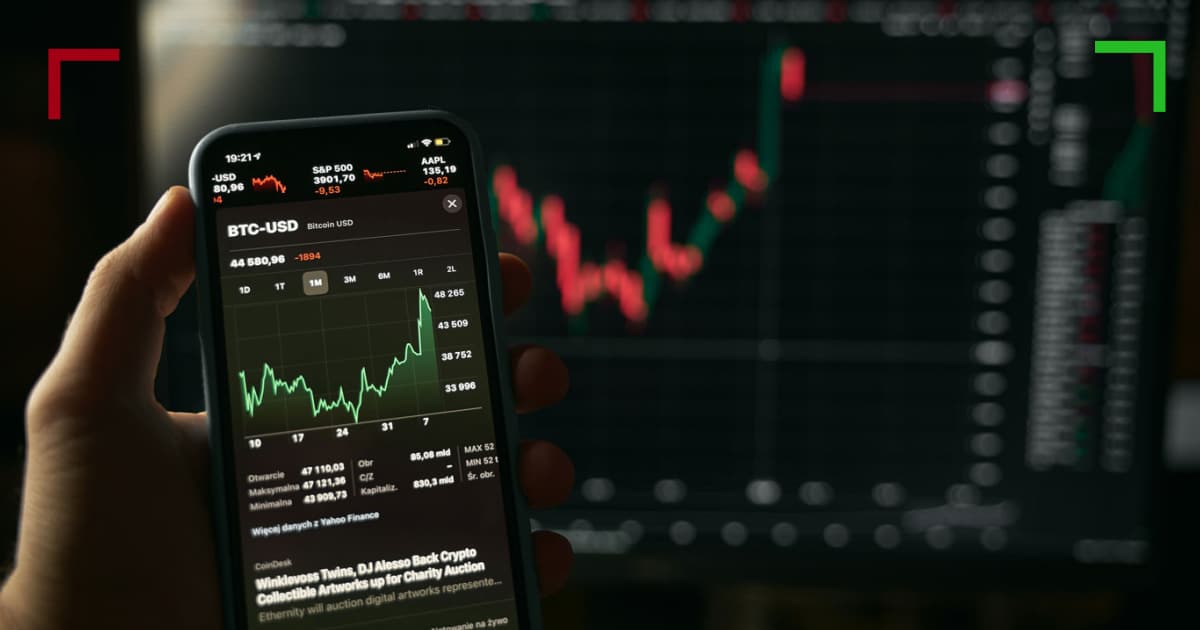
Understanding Crypto Trading Charts: A Comprehensive Guide
In the ever-evolving landscape of digital currencies, analyzing price movements through Crypto Trading Charts https://www.stockopedia.com/content/small-cap-value-report-wed-18-apr-2018-igr-vnet-ancr-sys1-koov-354423/ has become indispensable for making informed trading decisions. These charts provide traders with a visual representation of price history, which helps in identifying patterns and predicting future movements.
What Are Crypto Trading Charts?
Crypto trading charts are graphical representations of the price movements of cryptocurrencies over specific periods. They utilize past market data to indicate how a cryptocurrency has performed, revealing crucial information that assists traders in their decision-making process. Trading charts can take various forms, including line charts, bar charts, and candlestick charts, each providing a unique perspective on price data.
The Importance of Technical Analysis
Technical analysis is a key component of trading in the cryptocurrency market, relying heavily on charts and indicators to make predictions. Traders analyze historical prices and volumes to identify trends and reversal points. By employing tools like moving averages, Relative Strength Index (RSI), and support and resistance levels, traders can develop strategies that increase their chances of success.
Types of Crypto Trading Charts
1. Line Charts
Line charts are one of the simplest forms of charting. They plot the closing prices of a cryptocurrency over a specific time frame, connecting the points with a continuous line. This type of chart gives a clear indication of the overall trend during that period.

2. Bar Charts
Bar charts provide more data than line charts, displaying the high, low, and closing prices for each time period. Each bar represents a specific time frame (e.g., one day, one hour) and offers traders a better understanding of price fluctuations, volatility, and closed positions.
3. Candlestick Charts
Candlestick charts are widely used in the crypto trading community. Each candlestick represents price action within a specific time frame, with the body showing the opening and closing prices, and the wicks displaying the high and low prices. This format not only illustrates price trends but also helps traders identify bullish and bearish sentiments.
Key Technical Indicators
Besides charts, traders utilize various technical indicators to further analyze market trends. Here are some of the most commonly used indicators:
1. Moving Averages
Moving averages smooth out price data to create a trend-following indicator. They help in identifying the direction of the trend by averaging price data over a set period. The two main types are the Simple Moving Average (SMA) and the Exponential Moving Average (EMA).
2. Relative Strength Index (RSI)
The RSI is a momentum oscillator that measures the speed and change of price movements, ranging from 0 to 100. An RSI above 70 might indicate that a cryptocurrency is overbought, while an RSI below 30 may suggest that it is oversold.

3. MACD (Moving Average Convergence Divergence)
MACD is another popular indicator that shows the relationship between two moving averages of a cryptocurrency’s price. The MACD indicator helps traders identify changes in the strength, direction, momentum, and duration of a trend.
Reading Crypto Trading Charts
To successfully trade using crypto charts, understanding how to read them is crucial. Here are some basic principles to consider:
- Identify Trends: Look for upward, downward, or sideways trends. An upward trend consists of a series of higher highs and higher lows; downward trends feature lower highs and lower lows.
- Support and Resistance Levels: Support levels indicate prices at which a cryptocurrency tends to stop falling and may bounce back up, while resistance levels signal where a price tends to stop rising and may decline.
- Volume Analysis: Volume plays a significant role in confirming trends. Increasing volume alongside price increases can indicate strong buying interest, while low volume may signal weakening movements.
Practical Tips for Trading with Charts
As you delve into crypto trading, keep these practical tips in mind:
- Start with a Demo Account: Before risking real money, consider practicing trading with a demo account. This will help you become familiar with how to interpret charts and apply indicators without any financial risk.
- Stay Informed: The cryptocurrency market is highly volatile and influenced by various external factors, including news events and regulatory changes. Stay updated with the latest developments to make informed decisions.
- Combine Strategies: Don’t rely solely on charts and indicators. Consider combining technical analysis with fundamental analysis to gain a comprehensive view of the market.
Conclusion
In conclusion, effectively using crypto trading charts can significantly enhance your trading strategy. By understanding different types of charts, mastering technical indicators, and developing a systematic approach to analyze market movements, traders can increase their chances of success in the volatile world of cryptocurrency trading. Whether you’re a seasoned trader or a newcomer, integrating chart analysis into your trading routine will provide valuable insights and a better grasp of market dynamics.